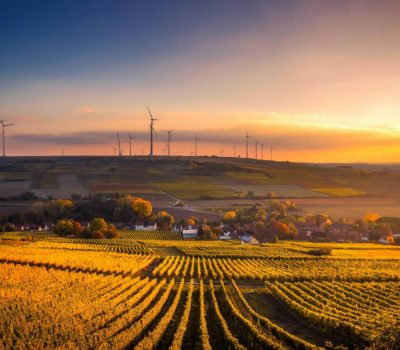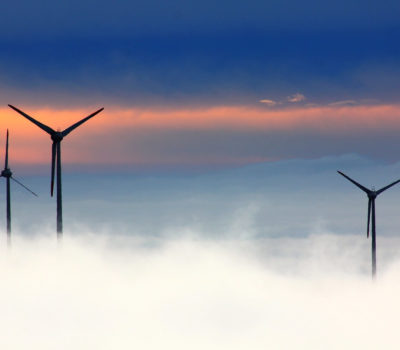Navigating the Maze of Oil and Gas Terminology
The world of oil and gas is a complex and multifaceted industry, filled with technical terms and acronyms that can be bewildering to the uninitiated. From upstream exploration to downstream refining, understanding the industry and oil and gas terminology is crucial for anyone involved in it.
In this comprehensive guide, we will explore and explain some of the most common oil and gas terminology, shedding some insight into the industry.
A-Z of Oil and Gas Terminology
Abandonment: The process of changing a once active well (one that no longer produces oil or natural gas), to a state where it can be left indefinitely. All equipment that was used to produce oil and gas is removed and work is completed on the well to ensure that it will not cause harm to any surroundings.
Borehole: Hole in the earth made by a drilling rig.
Carbon Capture and Storage (CCS): Process by which carbon dioxide emissions are captured and removed from the atmosphere. It is then stored, normally via injection into a secure underground geological formation.
Directional Drilling: Application of special tools and techniques to drill a wellbore at a predetermined angle.
Emissions: The release of greenhouse gases, such as carbon dioxide and methane, into the atmosphere during oil and gas operations.
Fossil Fuels: A fuel source (such as oil, natural gas, or coal) formed in the earth from plant or animal remains.
Gusher: An oil well that comes in with such great pressure that oil flows out of the well head into the air.
Horizontal Drilling: Method of drilling where the drill bit is turned in a horizontal direction in an effort to produce hydrocarbons.
Injection Well: Used to place fluid underground into porous geologic formations.
Limestone: Calcium carbonate-rich sedimentary-rocks in which oil and gas reservoirs are often found.
Mud: Process of fluid circulated down the drill pipe and up the annulus during drilling to remove cuttings. It then cools and lubricate the bit, to maintain desired pressure in the well.
Oil Sands: Deposit of sand saturated with bitument.
Prorationing: Government allocation of demand along pools and wells; pipeline allocation of demand along shippers.
Roughneck: Crew member who works on the derrick floor, typically screwing together sections of drill pipe.
Storage Facility: A facility where oil and gas is stored in tanks or underground reservoirs before distribution.
Trap: Geologic feature which holds hydrocarbons or injected carbon dioxide, caused by the breaking of a rock plane.
Ultrasonic Meter: Ultrasound used to measure flow rates from outside the pipe.
Viscosity: The resistance to flow, or ‘thickness’ of a fluid.
Wellbore: The hole created by drilling a well, typically lined with steel casing to maintain integrity.
Kick-start your journey into the oil and gas industry and take a look at our latest jobs. We take care of everything throughout the process, so speak to our experienced team today.






